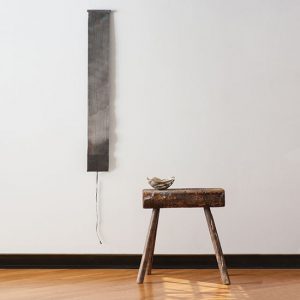
We are continuing our celebration of New York’s Asian Art Week in this post. Many of the artists who work with browngrotta arts have spent time in Japan, studied Japanese art or methods or simply cite Japan as an important influence. Check out the Selvedge magazines Japan Blue issue, published in August that includes an article on Naomi Kobayashi and one, by Rhonda Brown, about the influence Japan has had on four artists who work with bga HERE.
Examples of this influence abound. Kay Sekimachi, for example, is a Japanese American, born in the California Bay area. During World War II, she was interned with her family in relocation centers for two years. There she learned origami and to paint and draw. She did not visit Japan until 1975, but she has said that when she reached her mother’s village, “I felt like I was coming home.” She brought back silk cocoons and later her aunt sent her banana fiber from Japan that she incorporated into her paper bowls. References to Japan in her oeuvre are inescapable — from the towers she has created from antique Japanese paper, to the delicate flax and paper bowls she makes in shapes that mimic Japanese porcelain to her series of takarabako or woven boxes.
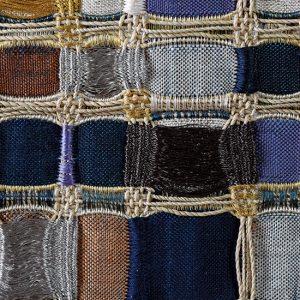
Jennifer Falck Linssen uses an ancient Japanese paper carving skill – katagami – to create her. Katagami are handcarved flat paper stencils. This 1,200-year-old technique is traditionally used to resist-print kimono textiles in katazome. By drawing with a small knife on mulberry and cotton papers and shaping this carved paper into three-dimensional sculpture, Linssen recontextualizes the humble stencil – sculpting forms of pattern, shadow, and light.
In Venezuela, Eduardo Portillo and Maria Eugenia Dávila, create complex textile works of multiple materials. Their works are woven using Orinoco moriche palm fiber, wool and cotton, dyed with indigo, cochineal and eucalyptus, copper and metal yarns and their own cultivated silk — as they have established the entire process of silk manufacture growing mulberry trees on the slopes of the Andes, rearing silkworms, obtaining the threads, coloring them with natural dyes. The couple devoted 10 years to the study of indigo dye and its culture in Japan and other countries in Southeast Asia before embarking on this work. They aim to promote an understanding and appreciation of natural dyes as an element in textiles, its importance as a means to preserve and disseminate cultural values and as a medium of contemporary expression.
For Katherine Westphal, the influences of ethnic and folk art — African, Japanese and Indonesian were found in her textiles, sculptures, baskets, prints, drawings and items of wearable art. She created many garments inspired by ethnic clothing – primarily Japanese and Chinese prototypes. Her participation in the Wearable Art movement validated this activity, writes JoAnn Stabb, and brought it recognition. In particular, at the invitation of the American Crafts Council headquarters in New York, she led a four-person contingent who presented several lectures and workshops on “Wearable Art from North America” at the World Crafts Council international symposium in Vienna, Austria, in 1980.
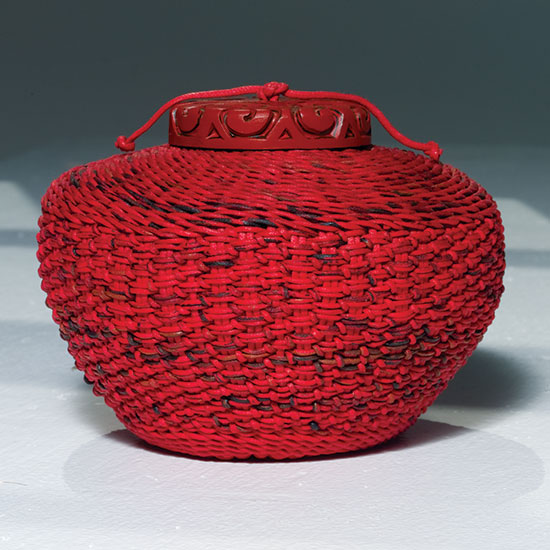
“I am interested in the ‘traditional’ as a reference point, not as a boundary,” says Nancy Moore Bess. A California native, Bess has lived in Japan and authored, with Bibi Wein, Bamboo in Japan (Kodansha International, Tokyo, Japan 2001). Her first trip to Japan in 1986 defined the course of her work for the next three decades. “Japan has influenced my work in many ways,” she writes, “but they all overlap – traditional packaging, basketry, bamboo, the crossover influences of East/West, the vocabulary of defining beauty and craftsmanship.” In works like Boxed Packages, one can find allusions to packaging techniques like tsutsumu. Other works reference traditional forms such as tea caddies. Her Sabi Tea Jar series, for example, was inspired by old, sometimes rusty, water jars used in tea ceremony that she found at flea markets.
Don’t forget to check out our online exhibition, An Unexpected Approach: Exploring Contemporary Asian Art Online by visiting browngrotta arts’ YouTube channel (HERE) and view each individual work in the exhibition on Artsy (HERE).

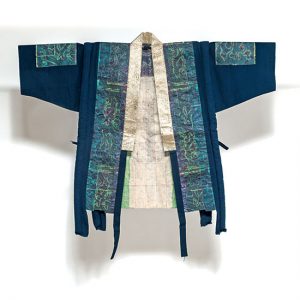
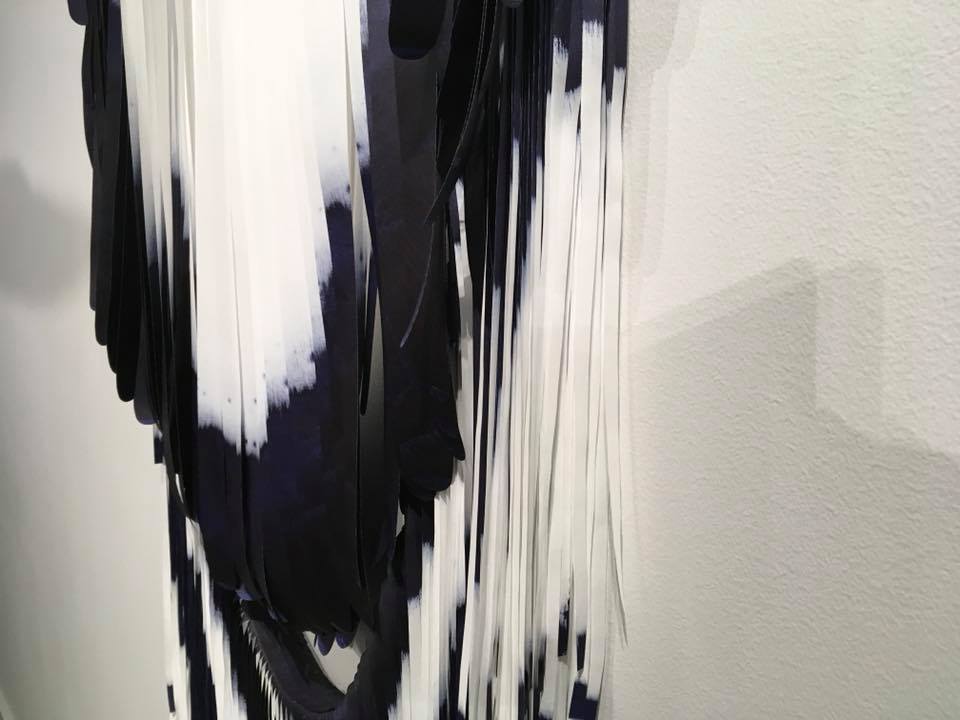
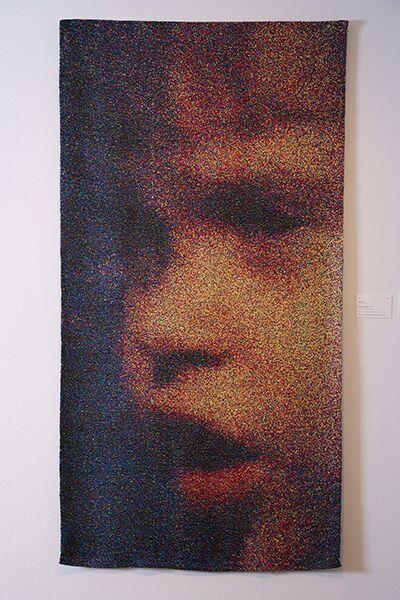

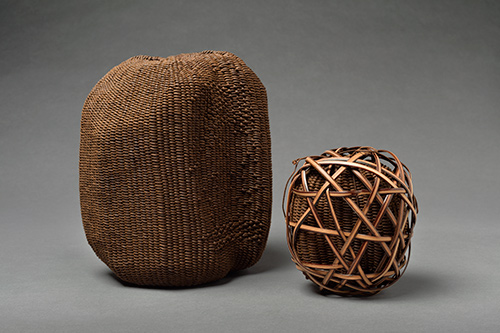
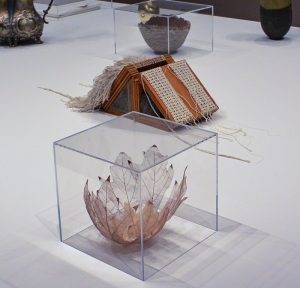
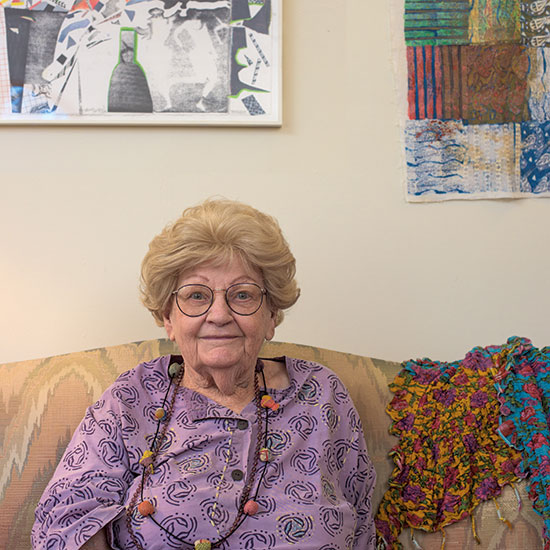
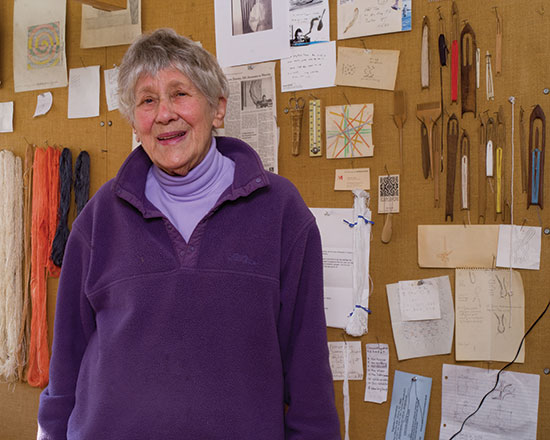
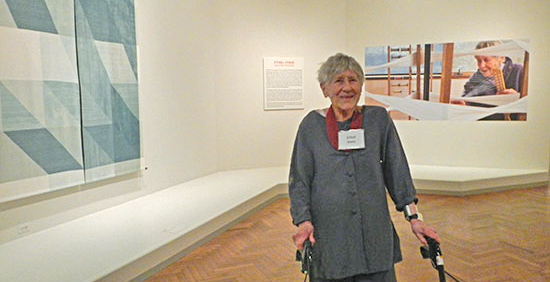
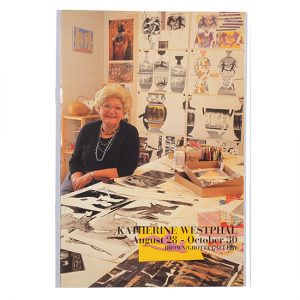
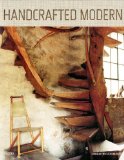
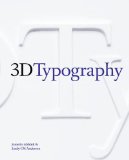








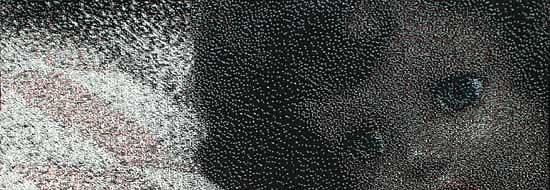
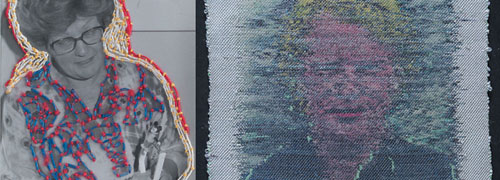

The Resurgence of Interest in Fiber Sculpture and Art Textiles Will Continue in 2015
Last year was an extraordinary one for those of us who appreciate contemporary art fiber and art textiles. More than 10 exhibitions opened in the US and abroad. In October, the art newspaper reported that “textiles are gaining international stature in art museums” and further that “[c]ommercial interest is on the rise,” quoting art advisor Emily Tsingou: “Textile [art] has entered the mainstream.” Soft Fabrics-Have Solid Appeal. Below is a roundup of exhibitions and reviews from last year and a guide to what to expect in 2015.
Mainstream attention began with the coverage of Sheila Hicks‘ inclusion
Sheila Hicks, Pillar of Inquiry/Supple Column, 2013-14 (installation view, Whitney Museum of American Art, New York). Photograph by Bill Orcutt
in the Whitney Biennial in March and was followed by coverage of the restoration of her remarkable 1960s tapestries at the Ford Foundation in New York Sheila Hicks Tapestries to Again Hang at Ford Foundation. In June, the Art Institute of Chicago’s textile galleries reopened, featuring 96-year-old Ethel Stein’s work, in Ethel Stein, Master Weaver.
September saw three fiber-related exhibitions; the Museum of Arts and Design opened What Would Mrs. Webb Do? A Founder’s Vision (closes
February 8, 2015),Kay Sekimachi, Ed Rossbach, Françoise Grossen, Katherine Westphal and others Museum of Art Design installation of What Would Mrs Webb Do?, Photo by Tom grotta
February 8, 2015), which featured significant textiles from the permanent collection by Anni Albers, Kay Sekimachi, Katherine Westphal, Ed Rossbach, Françoise Grossen and Trude Guermonprez, while The Drawing Center’s: Thread-Lines offered Anne Wilson creating fiber art in situ
Ann Wilson’s In Situ Performance at the Drawing Center, photo by Tom Grotta
together with a collection of works by Lenore Tawney, Louise Bourgeois and others. Contemporary 108 in Tulsa, Oklahoma, featured a series of large photographic weavings by Aleksandra Stoyanov of the Ukraine
Contemporary 108 in Tulsa, Oklahoma, curated from the 2013 “Aleksandra Stoyanov” Tefen Open Museum, Israel exhibition. photo copyright Tefen Open Museum
and now Israel, described as “warp and weft paintings.”
In October, Fiber: Sculpture 1960 – present, opened at the Institute of Contemporary Art in Boston with works by 34 artists including
Fiber: Sculpture 1960 — present opening, photo by Tom Grotta
Magdalena Abakanowicz, Ritzi Jacobi and Naomi Kobayashi. The Boston Globe called the exhibition “[s]plendid, viscerally engaging…groundbreaking;” the exhibition catalog (available at browngrotta.com) was pronounced by Blouin art info, “an amazing resource for anyone interested in learning more about the medium.” Art Info – Art in the Air Fiber Sculpture 1960 Present October also saw a survey of the work of sculptor and poet, Richard Tuttle, at the Tate in London, Richard Tuttle: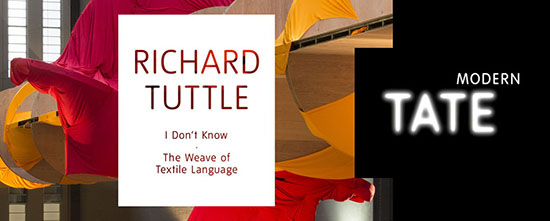
I Don’t Know, Or The Weave of Textile Language in which Tuttle investigated the importance of textiles throughout history, across his remarkable body of work and into the latest developments in his practice. Tate Modern – Richard Tuttle I Don’t Know or Weave Textile Language
Throughout the year, Innovators and Legends, with work by 50 fiber
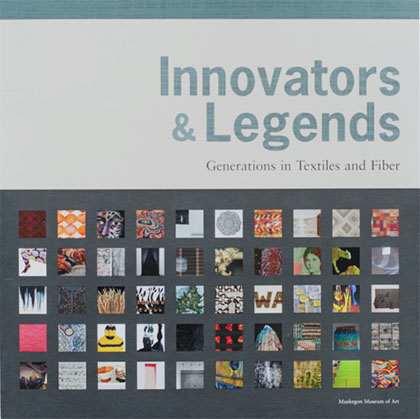
artists, including Adela Akers, Nick Cave, Katherine Westphal and Sherri Smith toured the US, exhibiting at museums in Colorado, Iowa and Kentucky. The fiber fanfest culminated at Art Basel in Miami Beach in December, where Blouin’s Art Info identified a full complement of fiber works and textiles in its listing, “Definitive Top 11 Booths, “ including Alexandra da Cunha’s compositions of mass-produced beach towels and various colored fabrics at Thomas Dane Gallery, a Rosemarie Trockel embroidered work at Galerie 1900-2000, marble and dyed-fabric pieces by Sam Moyer at Galerie Rodolphe Janssen and woven paintings by Brent Wadden at Mitchell-Innes & Nash Blouin Art info – The Definitive Top-11 Booths at Art Basel Miami Beach.
And what’s ahead in 2015?
More auctions and exhibitions that include fiber sculpture and art textiles are scheduled for 2015. Fiber: Sculpture 1960 – present will
open at the Wexner Center for the Arts, Columbus, Ohio on February 7th and travel to the Des Moines Art Center, Iowa in May.
Sonia Delaunay Prismes electriques 1914 Centre Pompidou Collection, Mnam / Cci, Paris © Pracusa 2013057
dedicated her life to experimenting with color and abstraction, bringing her ideas off the canvas and into the world through tapestry, textiles, mosaic and fashion.
Also in April, the Museum of Arts and Design will host Pathmakers:
Lenore Tawney in her Coenties Slip studio, New York, 1958.
Courtesy of Lenore G. Tawney Foundation; Photo by David Attie
Women in Art, Craft and Design, Midcentury and Today, featuring work by Sheila Hicks, Lenore Tawney and Dorothy Liebes http://madmuseum.org/exhibition/pathmakers.
In June, the Toms Pauli Foundation in Lausanne, Switzerland will celebrate the International Tapestry Biennials held there from 1962 to 1995 and display work by the Polish textile artist and sculptor Magdalena Abakanowicz, in an exhibition entitled, Objective Station.
1995 and display work by the Polish textile artist and sculptor Magdalena Abakanowicz, in an exhibition entitled, Objective Station.
Also this summer, the Musée d’Art Contemporain de Baie St Paul in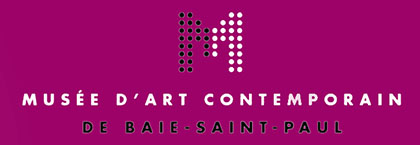
Mariette Rousseau Vermette Portrait by Tom Grotta
Quebec, Canada will examine the work of Mariette Rousseau-Vermette, who participated in five of the Lausanne Biennials.
From April 24 – May 3, 2015, browngrotta arts will host Influence and Evolution, Fiber Sculpture then and now at our barn/home/gallery space in Wilton, Connecticut. In its 27-year history, browngrotta arts
Françoise Grossen, From the Mermaid Series IV, 1983, photo by Tom Grotta
including Magdalena Abakanowicz, Lia Cook, Kay Sekimachi and Françoise Grossen, with works from a later generation of artists, all born after 1960, through whom fiber sculpture continues to evolve. These artists, including María Eugenia Dávila and Eduardo Portillo of Venezuela, Stéphanie Jacques of Belgium and Naoko Serino of Japan, work in a time when classification of medium and material presents less of a constraint and fiber and fiber techniques can be more readily explored for their expressive potential alone.
“It is rare to find so many inventive, compelling works in one show, and it astounds that many are so little known,” wrote Kirsten Swenson in Art in America, about Fiber: Sculpture 1960 – present, in October 2014. Art in America Magazine – reviews: Fiber Sculpture 1960-present. This spring, in Influence and Evolution, browngrotta arts will offer dozens more significant works of fiber art for collectors to appreciate and new audiences to discover — more than two dozen works by fiber pioneers and another 30 more recent fiber explorations. We hope you will visit the exhibition, order the catalog or both. Please contact us for more information about what’s in store. art@browngrotta.com